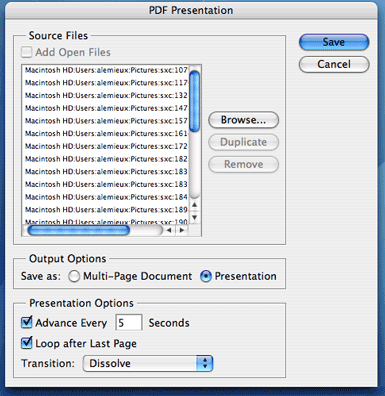Photoshop's Type tool can be hazardous, but there are a few shortcuts and tips that can help you use the tool effectively.
Headlines or Body Text
You can use the Type tool in two ways (actually there's a third, but we'll talk about that later). You can simply click in the image window and get an I-beam waiting for you to type your text on a single line. Click and drag with the Type tool in order to create a text box for type with paragraphs.
Once you click or click and drag, Photoshop enters the Type tool mode. You'll notice that certain features of Photoshop become disabled when you are in this mode. Go to any menu when you are in this mode and you'll see that you can't do anything while Photoshop is focused on working with type.
After you type in your text, depending on the size and placement, you may want to move it. You may be tempted to switch over to the Move tool and move your type, but that would get you out of the Type tool. Rather than switching back and forth between these tools, just hold down the Command key (Control on PC) and click and drag in the middle of the type to set the location. While you hold down the modifier key, a bounding box will appear around your type that will allow you to scale and skew it.
Once the type is in place, you'll want to format it:
Command (Control) + A will select all of the type.
Hitting Command (Control) + Shift + (.) period will increase the size of the text and
Command (Control) + Shift + (,) comma will decrease the size of the text.
Command (Control) + Shift + B will toggle between bold and regular text.
Command (Control) + Shift + K will change the case of the text.
Command (Control) + Shift + ? will make strikethrough text.
Command (Control) + Shift + L, C, R, J will set the alignment to left, center, right, and justified.
Command (Control) + Shift + U will make the text underlined.
Command (Control) + Shift + I will set the type in italics.
Command (Control) + Shift + H will make the text small caps.
If you have some paragraph text and you want to select the text, insert your cursor into the text box then use these shortcuts to make your selection:
Use the arrow keys to move through the text up, down, left, and right.
Hold down the Command (Control) key and use the arrow keys to move from word to word.
Hold down the Shift key and use the End key and Home keys to extend your selection.
Hold down Command (Control) + Shift and the left and right arrows to select one word at a time.
Hold down Command (Control) + Shift and the up and down arrows to select sentences.
For leading, kerning, and tracking, use these shortcuts:
To increase or decrease the leading, hold down the Option (Alt) key and hit the Up and Down arrow keys.
To increase kerning or tracking, hold down the Option (Alt) key and hit the Left and Right arrow keys.
To control baseline shift use Option (Alt) and the Up and Down arrow Keys.
There's a few other things about type in CS2 that weren't available in previous versions. You can individually format letters or words to be a different size and color.
When you're done formatting your text, you can Commit the type in several ways. Notice the Checkmark icon in the far right corner of the Options bar. That's one way. A typical way to Commit transformations and options in other tools is by hitting the Enter key. But when you hit the Enter key while you are in the Type tool, you just set a paragraph return. Hold down the Command (Control) key and hit the Enter key and you can Commit your type. A quick and simple way to Commit your type is by selecting any other tool in the Toolbox.
For whatever reason, if you want to cancel your formatting or typing, just hit the Escape key. You can also click the Cancel button next to the Checkmark in the Options bar, but why move your mouse all the way over there? It's just easier to hit the Escape key.
Shortcuts are great for maximizing your workflow and decreasing the time you spend on a project so you have time for other things, like reading blogs and listening to podcasts. Learn your shortcuts!
